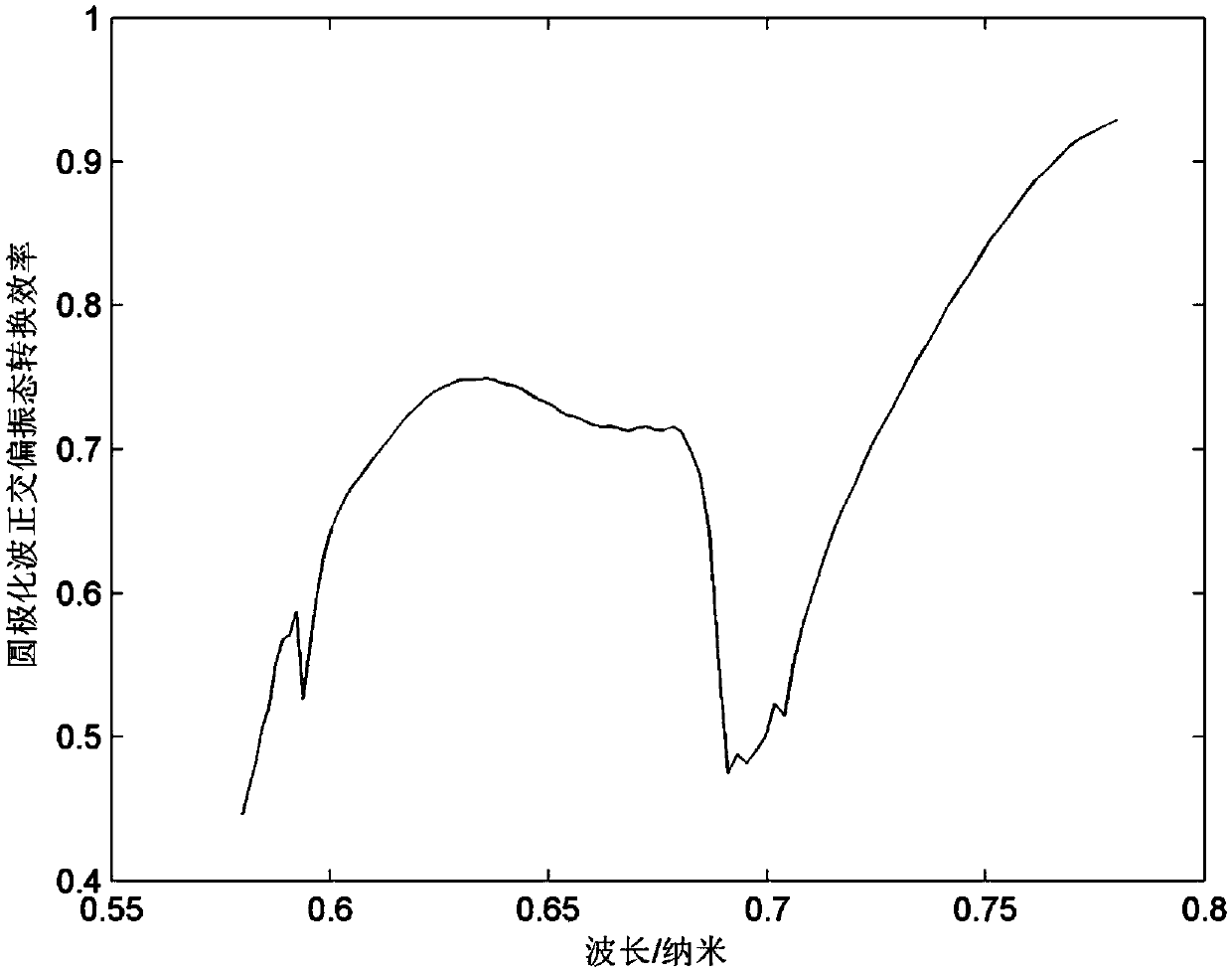Super apochromatic supersurface composite microlens
An apochromatic and micro-lens technology, applied in the optical field, can solve the problems of sacrificing bandwidth and numerical aperture, correcting complex optical systems such as chromatic aberration, and achieving the effect of simple structure, elimination of chromatic aberration, and reduction of bandwidth.
- Summary
- Abstract
- Description
- Claims
- Application Information
AI Technical Summary
Benefits of technology
Problems solved by technology
Method used
Image
Examples
Embodiment 1
[0031] Embodiment 1: Ordinary super-surface composite microlens.
[0032] Such as figure 1 As shown, the structure diagram of a super-apochromatic super-surface composite microlens provided by this embodiment. This embodiment is composed of a first lens and a second lens. The first lens is a positive refractive power metasurface lens, and the second lens is a positive refractive power microlens. Among them, the positive refractive power metasurface lens has negative dispersion properties to produce negative chromatic aberration, and the positive refractive power spherical refractive micro lens has positive dispersion properties to produce positive chromatic aberration. The numerical aperture and positive refractive power spherical surface of the positive refractive power metasurface lens are optimized by numerical simulation software FDTD. The refractive spherical curvature of the refractive lens causes the above two lenses to produce chromatic aberrations of equal magnitude and ...
Embodiment 2
[0040] Embodiment 2: Super-surface composite microlens with partial correction of chromatic aberration.
[0041] This embodiment provides a super-apochromatic super-surface composite microlens with partial correction of chromatic aberration. The system aperture size is 50um, the total focal length of the system is 30.3um, the working wavelength range is 580nm-780nm, and the numerical aperture (NA) is 0.635. It can achieve achromatic aberration focusing within the working wavelength range, and the secondary spectrum is less than 1um. The structure diagram is as Image 6 Shown.
[0042] For the present invention, if the negative chromatic aberration produced by the first lens exceeds the chromatic aberration compensation ability produced by the second lens, the nano-antenna array of the first lens itself can be designed to partially correct the chromatic aberration structure, which can also achieve high system values There is no chromatic aberration focusing under the aperture.
[00...
PUM
| Property | Measurement | Unit |
|---|---|---|
| Center height | aaaaa | aaaaa |
| Wavelength | aaaaa | aaaaa |
| Focal length | aaaaa | aaaaa |
Abstract
Description
Claims
Application Information
 Login to View More
Login to View More - R&D
- Intellectual Property
- Life Sciences
- Materials
- Tech Scout
- Unparalleled Data Quality
- Higher Quality Content
- 60% Fewer Hallucinations
Browse by: Latest US Patents, China's latest patents, Technical Efficacy Thesaurus, Application Domain, Technology Topic, Popular Technical Reports.
© 2025 PatSnap. All rights reserved.Legal|Privacy policy|Modern Slavery Act Transparency Statement|Sitemap|About US| Contact US: help@patsnap.com



